When it comes to setting up a server, one of the essential decisions you will make is choosing the right RAID configuration. RAID stands for Redundant Array of Inexpensive Disks. It uses multiple hard drives to improve performance, increase storage capacity, and provide redundancy in case of a disk failure.
Several different RAID configurations are available, each with advantages and disadvantages. Today, we will discuss the most common RAID configurations and help you choose the best one for your server.
RAID 0 Striping
RAID 0 is the simplest and fastest RAID configuration, but it provides no redundancy. In RAID 0, data is split across multiple drives, allowing faster read and write speeds. However, if one drive fails, all data is lost.
RAID 0 is best used for applications that do not require fault tolerance or where data can be easily recovered from backups. It is often used in gaming and multimedia applications, where speed and performance are more important than fault tolerance. This configuration is best suited for applications that require high performance but do not require data redundancy.
RAID 1 Mirroring
RAID 1 is a simple, reliable RAID configuration that provides data redundancy. In RAID 1, data is mirrored across multiple drives, so if one fails, the other drive(s) can continue to function and provide access to the data. RAID 1 also provides increased read speeds, as the data can be read from both drives simultaneously.
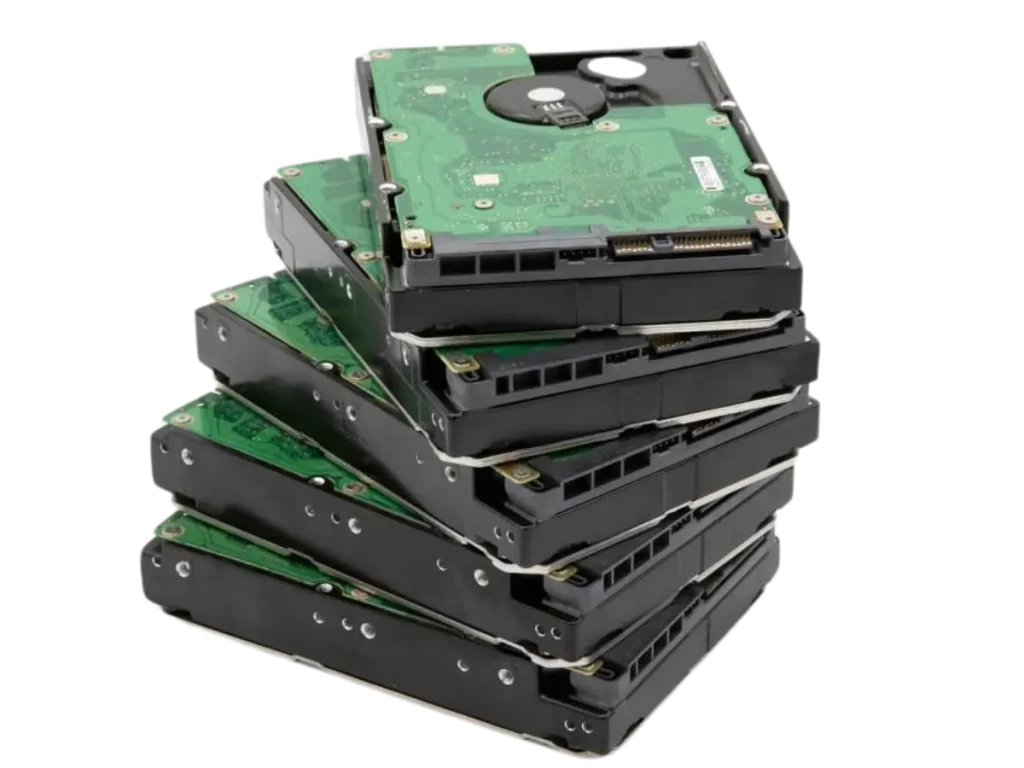
RAID 1 is a good choice for mission-critical applications requiring high reliability and redundancy levels. However, because it requires at least two drives (which adds to the cost), it may not be the best option for non-mission critical applications.
Additionally, RAID 1 only provides redundancy and not improved performance, so it may not be suitable for applications that require higher levels of speed.
Because data is duplicated across multiple drives, RAID 1 does not provide any additional storage capacity or performance benefits. RAID 1 is best suited for applications that require data redundancy but do not require high performance or additional storage capacity.
RAID 5 Striping with Parity
RAID 5 is a popular RAID configuration that provides performance and data redundancy. In RAID 5, data is striped across multiple drives, and parity information is also written to each disk. This allows for fast read and write speeds, as well as the ability to recover data in case one drive fails.
RAID 5 array requires at least three drives and can support up to 16 drives. However, the parity information requires additional disk space, which reduces the available storage capacity. RAID 5 also has a slightly lower read performance than other RAID levels but provides better write performance.
This level is an excellent choice for applications requiring high-speed disk reads and writes and data redundancy.
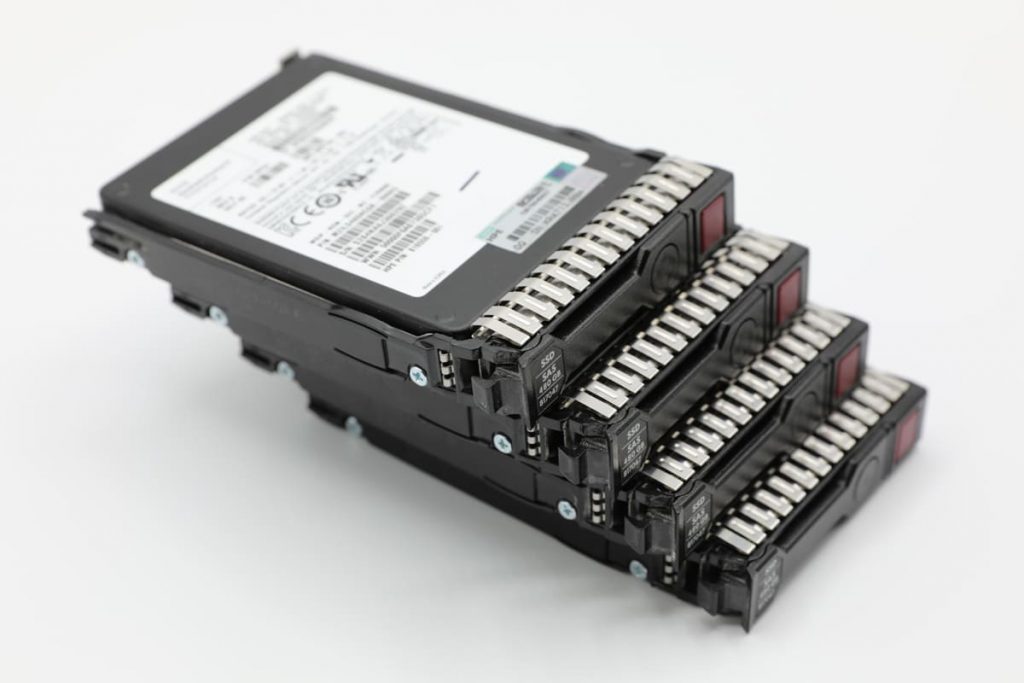
In some cases, the capacity limitations of RAID 5 can be mitigated by using larger drives or adding more drives to the array. RAID 5 is best suited for applications that require a balance of performance, storage capacity, and data redundancy.
RAID 6 Striping with Dual Parity
RAID 6 level is similar to RAID 5 but has an additional redundancy layer. In RAID 6, data is striped across multiple drives, and dual parity information is written to each drive. This provides an even greater data redundancy, as the array can recover from the failure of two drives. RAID 6 requires at least four drives and can support up to 16 drives.
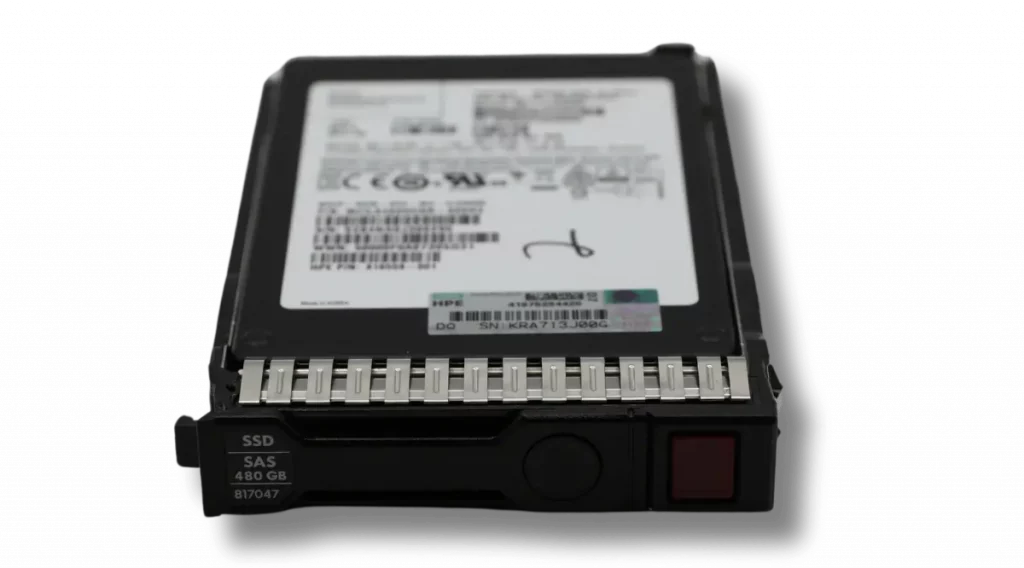
Because of its increased redundancy, RAID 6 performs better than RAID 5 but comes at the cost of decreased storage capacity. As such, it is most commonly used in enterprise-level storage arrays where data protection and availability are critically important.
The major advantage of RAID 6 is that it can survive multiple simultaneous disk failures while still providing access to data. This makes it ideal for mission-critical applications where system downtime must be minimized.
RAID 6 is also a great choice for storing large amounts of data that may take too long to recover from a single drive failure in other RAID levels. So if you need an extra layer of data protection, RAID 6 is an excellent choice. It can provide higher levels of data protection, faster performance, and better availability than other RAID levels.
However, the additional parity information requires even more disk space, which further reduces the available storage capacity. RAID 6 is best suited for applications that require a high level of data redundancy, such as mission-critical applications.
RAID 10 Mirrored Striping
RAID 10 configuration is a combination of RAID 1 and RAID 0. In RAID 10, data is striped across multiple mirrored pairs of drives. This provides both fast read and write speeds and data redundancy. RAID 10 array requires at least four drives and can support up to 16 drives.
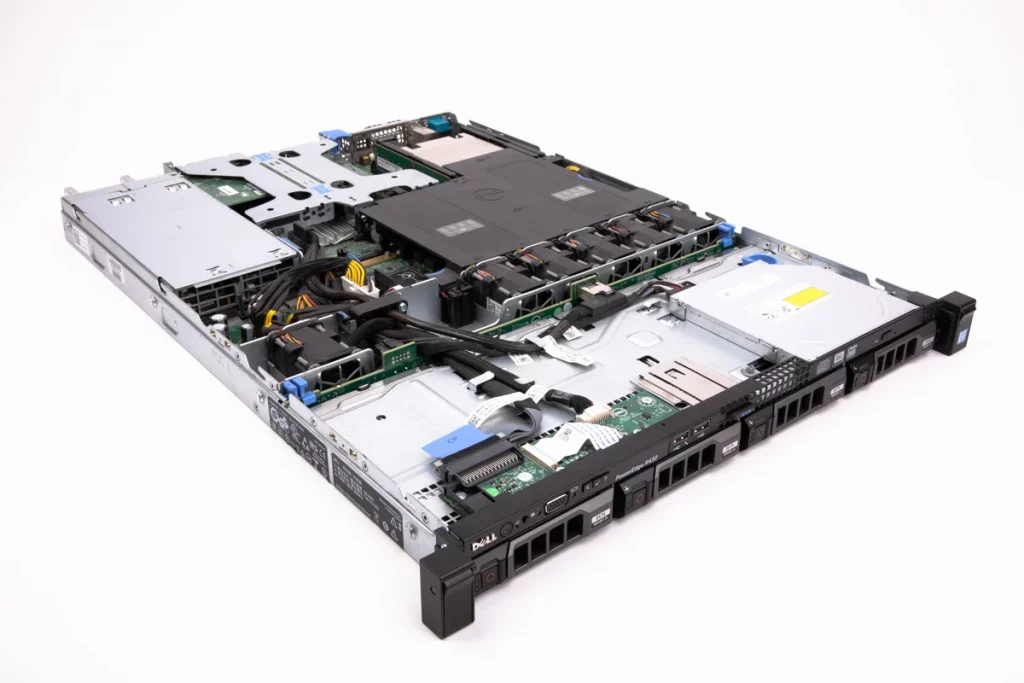
RAID 10 offers excellent performance and redundancy. It is often used in applications where data availability and speed are critical, such as video editing and rendering, database servers, and high-end gaming PCs. RAID 10 can also create a large storage volume from multiple drives.
However, because data is mirrored across multiple drives, RAID 10 provides less storage capacity than RAID 5 or RAID 6. RAID 10 is best suited for applications that require high performance and data redundancy, such as database servers.
How to Choose RAID for Your Server
When it comes to choosing the right RAID setup for your server, there are several important factors you should consider. First, think about how much data you will be storing and how quickly you need access to it. Make sure you have an understanding of the number of disk drives that will be available and their capacity to ensure your RAID configuration meets all of your needs.
Next, consider what level of protection is necessary for your data. Different types of RAID provide different levels of fault tolerance, so make sure you get a setup that matches the amount of data redundancy required for your situation.
Hence, if you are looking for maximum protection from data loss due to drive failure or corruption, then a RAID 5 configuration might be ideal compared to a RAID 0 or 1.
Finally, think about the overall performance of your server setup. Different RAID levels offer different speeds when it comes to data transfers and disk access, so ensure you are choosing one that will meet your speed requirements.
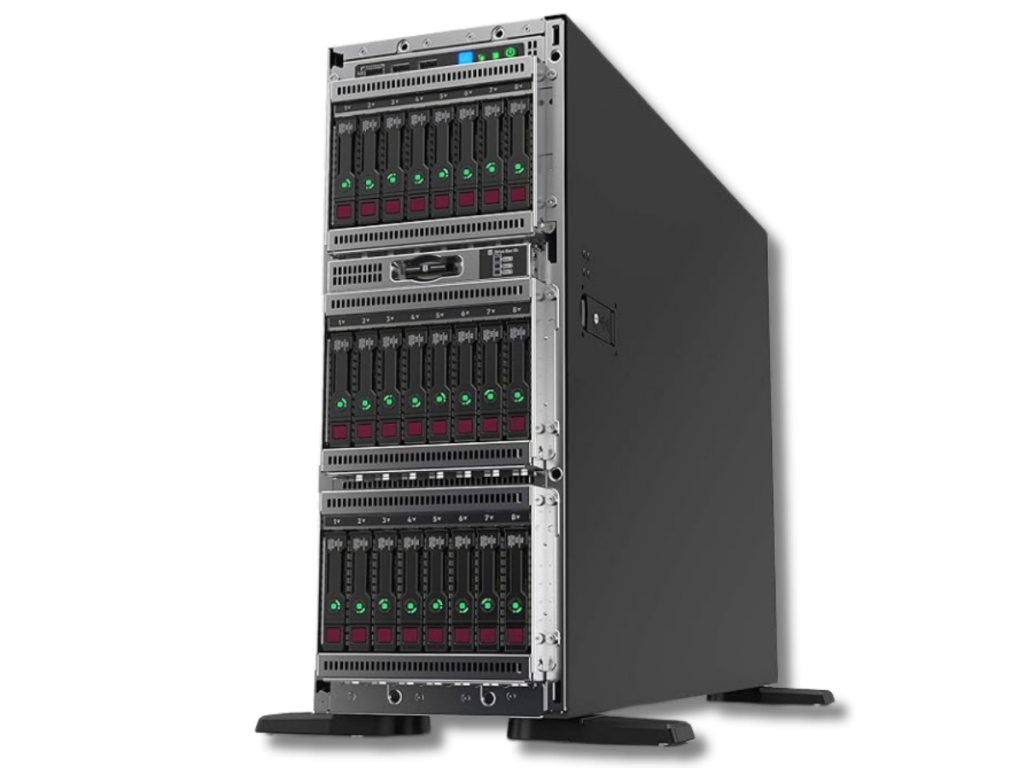
For instance, if you need maximum throughput for large file transfers, then RAID 0 may be more suitable than a slower RAID 6 setup.By understanding the various factors involved in selecting a RAID configuration for your server, you can ensure that your data is safe and secure while also getting the best performance out of your server hardware. You should also consider consulting with an IT specialist who can guide you through choosing the right setup for your specific needs.
Frequently Asked Questions
What is the safest RAID mode for Servers?
Selecting the safest RAID mode requires balancing redundancy and performance. RAID 5 or 10 balances speed with fault tolerance, whereas RAID 6 adds redundancy at a performance cost. Consult a professional IT team for the best setup and to avoid data recovery costs.
Can data be recovered if a RAID server fails?
Data recovery from a failed RAID server is possible but depends on the failure type, severity, and RAID level. RAID 1 has better recovery odds due to mirroring, while RAID 0’s lack of redundancy complicates recovery. Complex setups like RAID 5 or 10 usually need professional services for effective data recovery.
Is server RAID recovery expensive?
Server RAID recovery costs depend on the RAID complexity, damage extent, and urgency, with simpler arrays like RAID 1 costing less than complex ones like RAID 5 or RAID 10 due to higher labor and expertise needed.
Do servers still use RAID?
Yes, servers still commonly use RAID configurations to provide data redundancy and improve performance. However, with the rise of cloud computing and virtualization, there has been a shift towards software-based RAID solutions rather than hardware-based ones.
What is the best RAID for a production server?
There are several different types of RAID (Redundant Array of Independent Disks) configurations, each with its own advantages and disadvantages. The best RAID configuration for a production server will depend on the server’s specific needs and requirements.